Steps to Take Immediately After a Sodinokibi Ransomware Infection
Understanding the Threat: A Primer on Sodinokibi Ransomware
Sodinokibi ransomware, also known as REvil, has emerged as a significant cyber threat targeting businesses and organizations of all sizes. Utilizing advanced encryption methods, Sodinokibi locks critical data and demands a ransom for its release. This sophisticated malware can evade traditional defenses, making early detection and action crucial. As experts in IT management and network services, we’ve witnessed the rapid evolution of this ransomware and understand the gravity of the threat it poses.
Sodinokibi/REvil Affiliate Sentenced for Role in $700M Ransomware Scheme
Recognizing the Signs of Infection: Your First Clue
Recognizing a Sodinokibi ransomware infection promptly can be pivotal in minimizing its impact. Our team is trained to spot warning signs, such as unusual file extension changes, ransom notes on desktops, and compromised system performance. We stress the importance of vigilance and the role of advanced detection tools in identifying these symptoms early. When an infection is caught quickly, we can move swiftly to address it, reducing potential damage and downtime for our clients.
The Critical First Steps: Initiating Your Response Plan
Sodinokibi ransomware infection steps should begin mere moments after an infection is detected. As part of our commitment to cyber resilience, we help clients establish comprehensive incident response plans. Ensuring that these protocols are in place and regularly updated allows for a swift and organized reaction, which is key in ransomware mitigation. The initial steps to be taken include verifying the scope of the breach, activating the incident response team, and securing backups.
Isolate and Contain: Halting the Spread of Sodinokibi
When combating a Sodinokibi ransomware infection, the immediate step we take is to isolate the infected systems. By disconnecting them from the network, we aim to prevent the malware from spreading to other devices. Here’s what we prioritize in this crucial step:
- Disconnecting infected devices: We start with taking the affected systems offline to halt the ransomware’s propagation.
- Securing network segments: We then segregate different parts of the network to minimize the risk of cross-contamination.
- Disabling remote access: To further secure the network, we disable Remote Desktop Protocol (RDP) and other remote access services to mitigate the risk of external control.
Identify and Assess: Understanding the Impact
As part of the Sodinokibi ransomware infection steps, identifying the scope of the attack is critical. We meticulously scan the network and systems to determine the extent of damage and to identify any areas that require immediate attention. During this phase, we also analyze backups to assess their viability for recovery.
Eradicate and Recover: Removing the Threat
Once isolation and assessment are underway, we focus on removing the Sodinokibi ransomware from all affected systems. Utilizing advanced malware removal tools and techniques, we ensure every trace of the ransomware is eradicated. Concurrently, we initiate the recovery process, restoring data from backups and getting vital systems back online.
Throughout this challenging period, we place immense value on transparency and communication. Ensuring that stakeholders are well-informed of the recovery progress and any potential issues that arise is a key component of our approach.
Did you know? Sodinokibi ransomware can spread rapidly across a network. Isolating infected systems is crucial to prevent further encryption of files and additional system compromises.
Sealing the Breach and Moving Forward with Confidence
In the aftermath of a Sodinokibi ransomware attack, the path to operational restoration and fortified defenses can be daunting. Yet, at Alvaka, we understand that the key to resilience lies in methodical and informed action. By adhering to the Sodinokibi ransomware infection steps outlined in our discourse, businesses can not only rebound from an attack but also emerge with stronger security postures.
Reflection and Reinforcement: Post-Incident Analysis
Following a Sodinokibi ransomware infection, it is paramount that we reflect on the incident to identify any security shortcomings and opportunities for enhancement. Comprehensive analysis allows us to reinforce defenses, ensuring that similar breaches can be prevented in the future. Additionally, it is crucial that we apply the insights gained to update and improve our incident response plans, fostering a culture of continuous learning and adaptation.
Empowering Your Business Through Education and Prevention
At Alvaka, we advocate for empowering our clients by providing them with the knowledge and tools necessary to prevent future attacks. Educating your workforce about cybersecurity best practices is a critical component of this empowerment. We support your business by offering training sessions and creating awareness about phishing and other common attack vectors that could lead to a Sodinokibi ransomware infection.
Keeping Pace with Evolving Threats: The Role of Alvaka
We recognize that the threat landscape is perpetually changing, and staying ahead of emerging threats is no small feat. That’s where Alvaka’s expertise becomes invaluable. Armed with advanced technology and an experienced team of IT professionals, we deliver proactive monitoring and cutting-edge solutions to detect and thwart potential threats before they impede your business continuity.
Ransomware Recovery: A Journey Back to Normalcy
Navigating the complexities of ransomware recovery requires a blend of technical prowess and strategic foresight. We are committed to guiding our clients through this intricate journey, restoring your systems and data to their pre-attack state. Our comprehensive recovery services are structured to reduce downtime and mitigate financial and reputational damage.
Commitment to Our Clients: The Alvaka Assurance
Overcoming a Sodinokibi ransomware attack is just the beginning of the journey. We pledge to provide ongoing support and partnership to our clients. Our commitment to excellence ensures that you receive not just remediation but a transformation of your cybersecurity posture. With Alvaka, you can rest assured that your business is fortified against the ever-evolving cyber threats of tomorrow.
FAQ
What is Sodinokibi ransomware? ▼
Sodinokibi ransomware, also known as REvil, is a malicious software that encrypts a victim’s files and demands a ransom for the decryption key. It often enters through vulnerabilities in software or phishing attempts and can quickly spread across a network.
How can I tell if my system is infected with Sodinokibi ransomware? ▼
You may notice several signs if your system is infected with Sodinokibi ransomware, including unusual file extensions, inaccessible files, ransom notes replacing your desktop background, or slower system performance. Recognizing these signs early is crucial for effective response.
What should be my first response upon discovering a Sodinokibi infection? ▼
Upon discovering a Sodinokibi infection, immediately isolate the affected systems from your network to prevent further spread. Subsequently, engage our cybersecurity incident response plan, which should guide you on the subsequent steps to mitigate the attack’s impact.
Is paying the ransom the best way to recover my files? ▼
We advise against paying the ransom because it does not guarantee that your files will be recovered. Additionally, it can encourage the perpetrators to target you again. Instead, focus on restoring files from backups and utilizing available decryption tools.
How can I prevent a Sodinokibi ransomware attack? ▼
To prevent a Sodinokibi ransomware attack, regularly update and patch your systems, provide cybersecurity training to your employees, utilize robust antivirus and anti-malware solutions, and maintain off-site backups of critical data. Moreover, implement strict access controls and monitor your network for suspicious activity.
Do we need to disconnect from the internet if we suspect a Sodinokibi attack? ▼
Indeed, disconnecting from the internet is a recommended step to halt the ransomware’s ability to communicate with its command-and-control servers. This action also prevents potential data exfiltration and reduces the risk of further infection within your network.
What should I do if our backups are also affected by the ransomware? ▼
In the unfortunate event that your backups are compromised, you should contact professionals who specialize in ransomware recovery. Meanwhile, preserve the affected systems and do not attempt to remediate without proper guidance, as this could hamper recovery efforts.
How can we train our employees to recognize ransomware threats? ▼
To effectively train employees, we should offer regular security awareness training that includes identifying phishing attempts, dangerous attachments, and malicious websites. Additionally, conduct simulated cyberattack exercises to ensure they can recognize and respond to threats.
Should we contact law enforcement after a Sodinokibi ransomware attack? ▼
Yes, it’s essential to report a Sodinokibi ransomware attack to law enforcement. They can provide guidance and help track down the attackers. Reporting also supports efforts to prevent future attacks and contributes to a broader understanding of cyber threats.
Can we recover encrypted files without paying the ransom? ▼
In some cases, encrypted files can be recovered without paying the ransom by using third-party decryption tools or restoring from backups that are unaffected. However, there is no guarantee, and thus maintaining a robust backup solution is indispensable. Always explore all available options before considering payment.

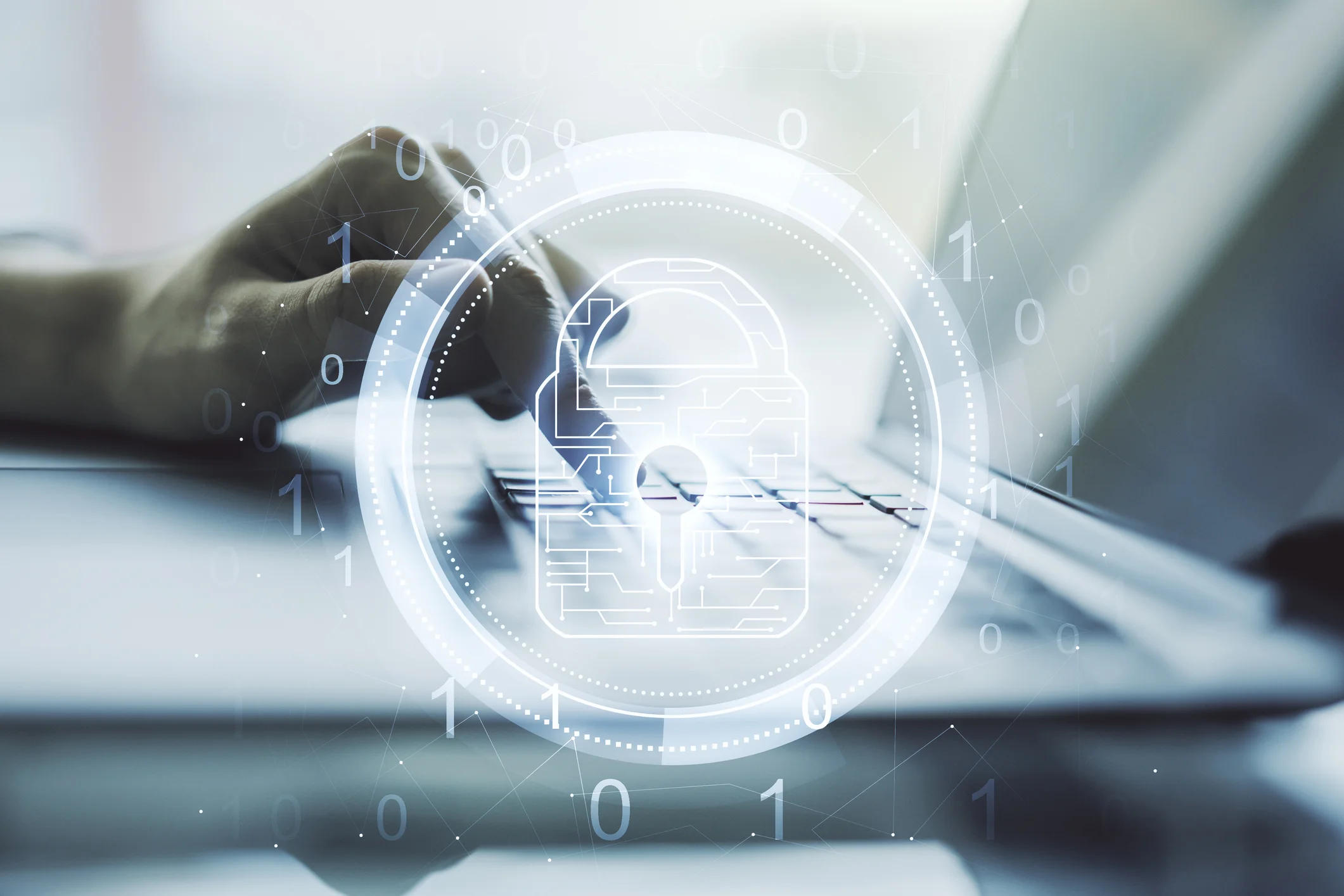
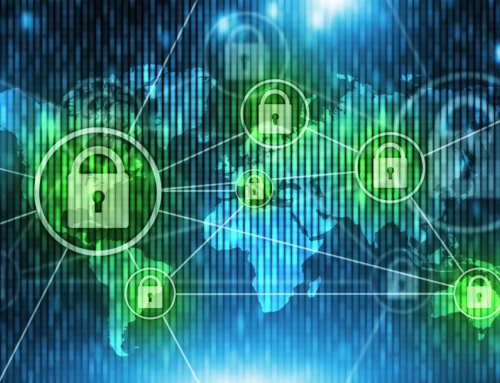
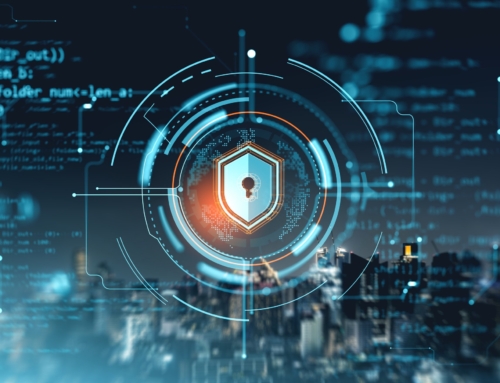
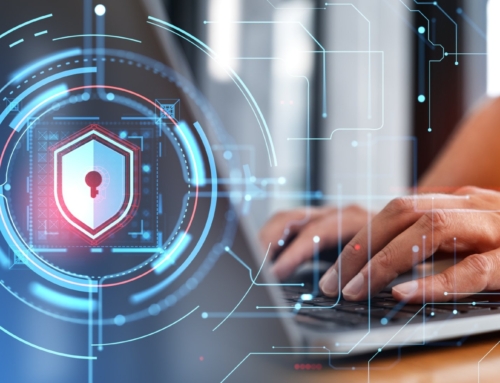
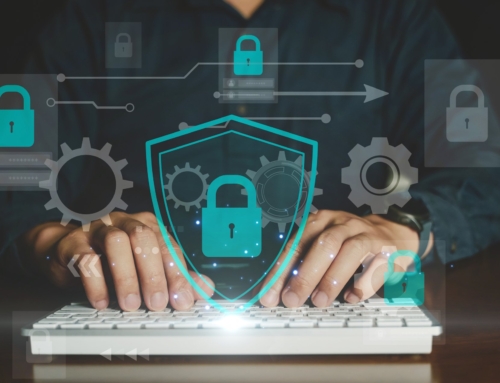


 Smoke testing is a term used to describe the testing process for servers after patches are applied.
Smoke testing is a term used to describe the testing process for servers after patches are applied.  This is a basic cost calculator for you to compute your typical monthly cost for patching your servers, PCs, laptops, tablets and associated application software. It also forms the basis for you to begin calculating your Return on Investment for software patching, or for comparison with alternatives to the manual process of patching operating systems and application software—such as Patch Management as a Service, also known as Vulnerability Management as a Service.
This is a basic cost calculator for you to compute your typical monthly cost for patching your servers, PCs, laptops, tablets and associated application software. It also forms the basis for you to begin calculating your Return on Investment for software patching, or for comparison with alternatives to the manual process of patching operating systems and application software—such as Patch Management as a Service, also known as Vulnerability Management as a Service.